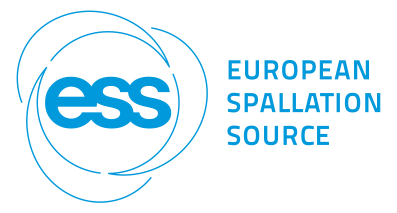Description
Neutron scattering techniques are typically performed at large facilities such as ISIS-RAL in the UK, the Institut Laue-Langevin ILL in France or the future European Spallation Source ESS in Sweden. However the European neutron landscape is shrinking, making access to instruments more scarce [1]. In this context, Compact Accelerator-based Neutron Sources (CANS) represent a perfect complement to provide additional beamtime. This opens up new opportunities for industrial research and education, as well as promotes iteration and planning prior to scheduled measurements at large facilities [2,3]. This work relies on the combined workflow of Monte Carlo simulations and analysis methods developed at ESS [4-6] to assess the feasibility of neutron scattering techniques using CANS. The effective implementation of such techniques in compact sources is expected to increase their popularity in the near future.
[1] C. Carlile and C. Petrillo, Neutron scattering facilities in Europe, ESFRI Scripta Vol. 1 (2016).
[2] I. S. Anderson et al., Physics Reports 654, 1–58 (2016).
[3] Y. Otake et al., Nuclear Physics News 33, 17–21 (2023).
[4] T. Kittelmann et al., Computer Physics Communications 218, 17–42 (2017).
[5] P. K. Willendrup and K. Lefmann, Journal of Neutron Research 22, 1–16 (2020).
[6] P. K. Willendrup and K. Lefmann, Journal of Neutron Research 23, 7–27 (2021).
